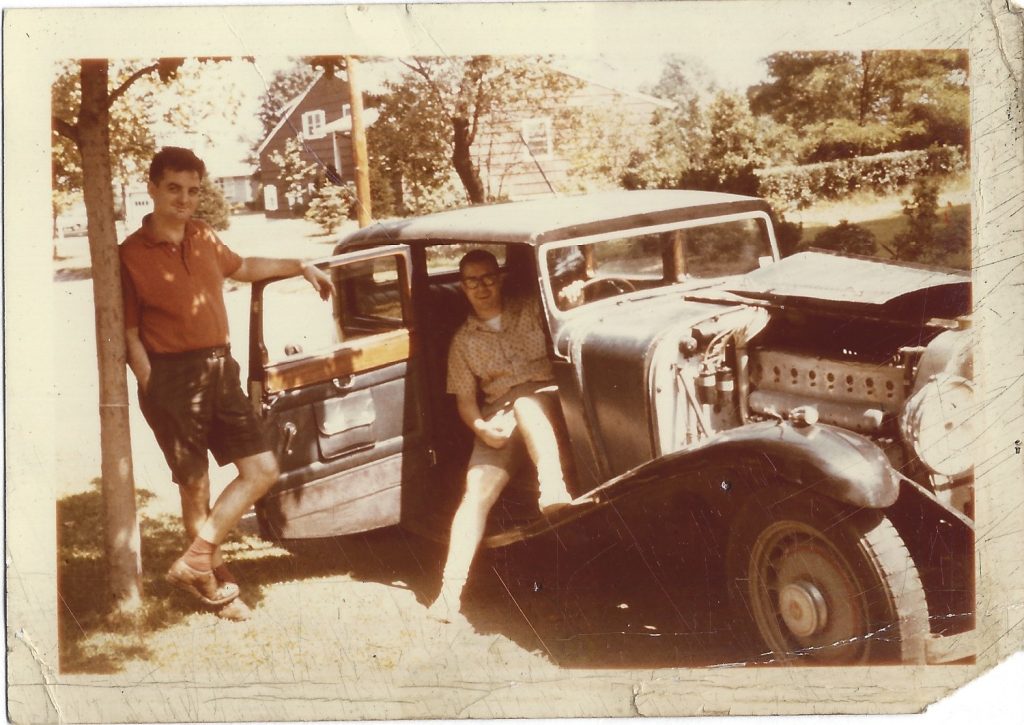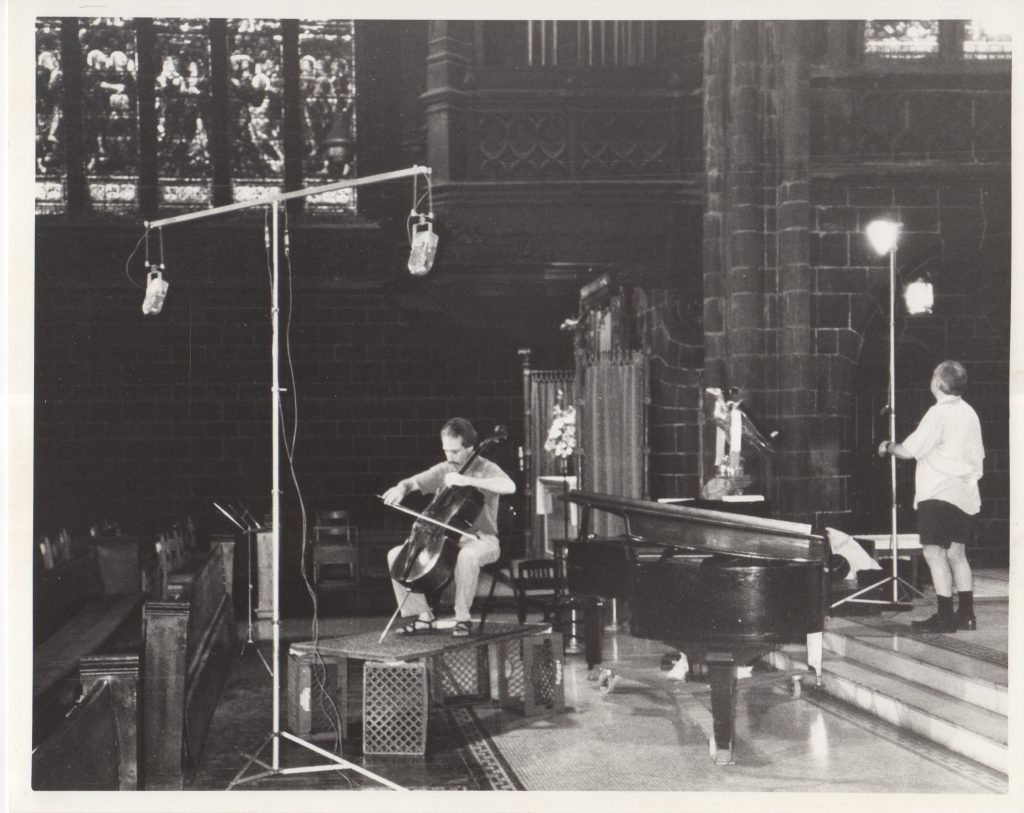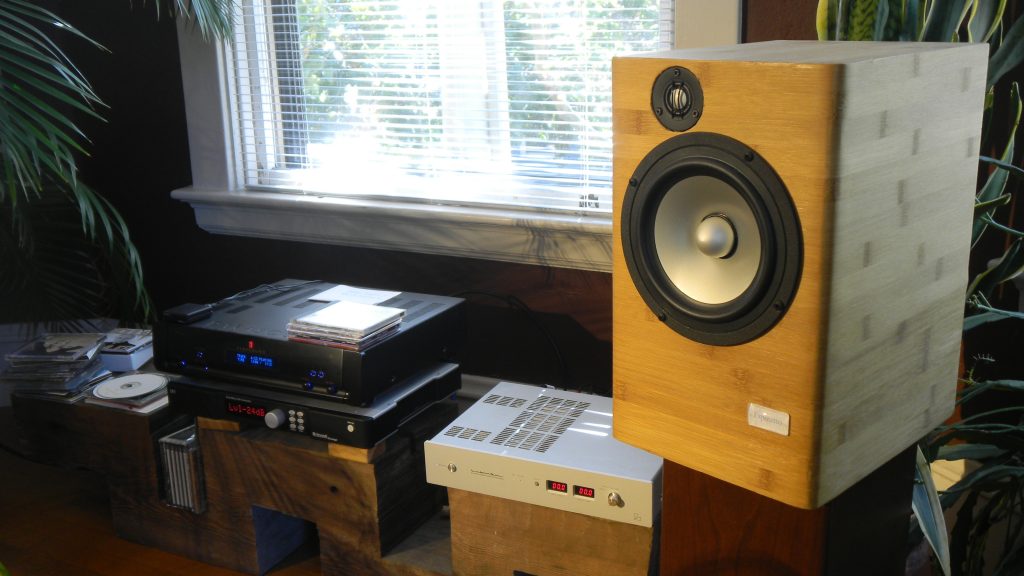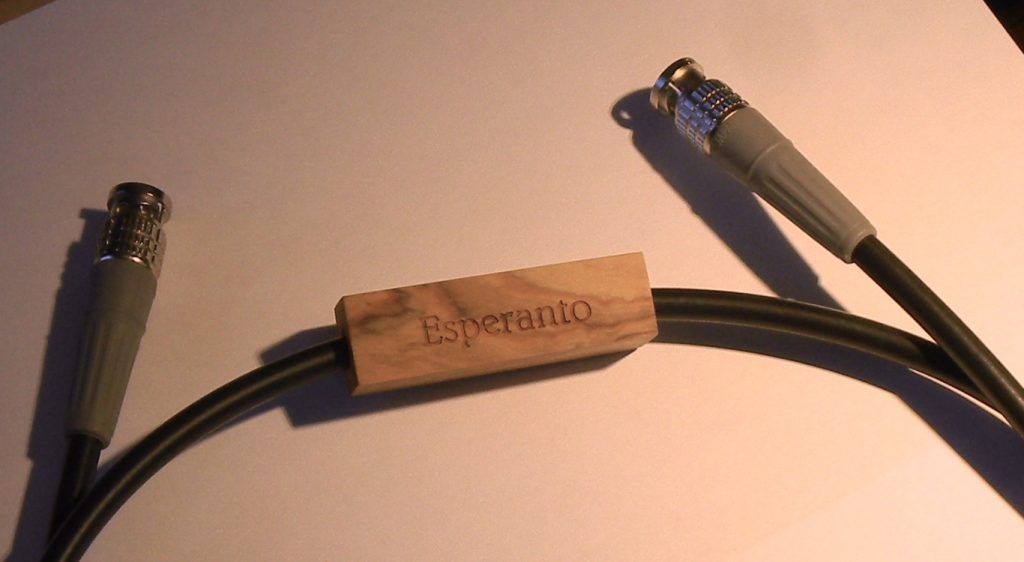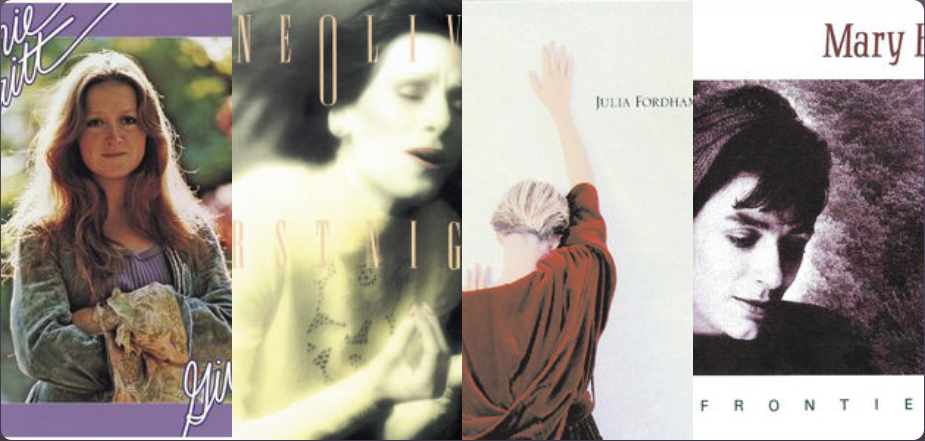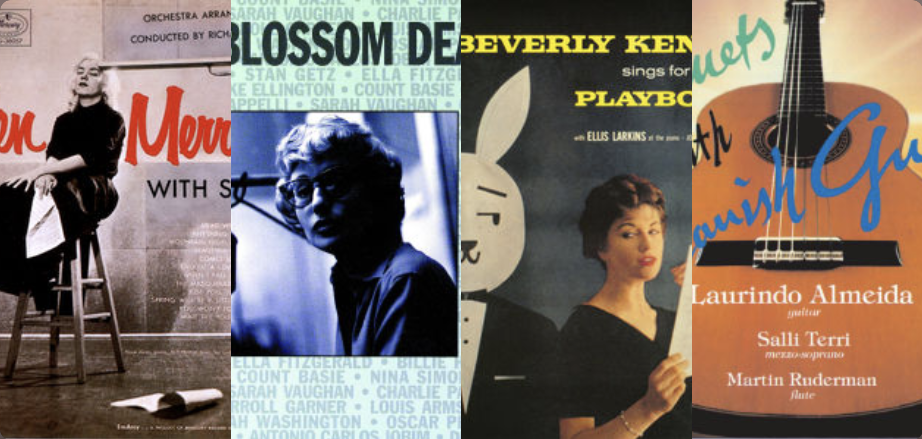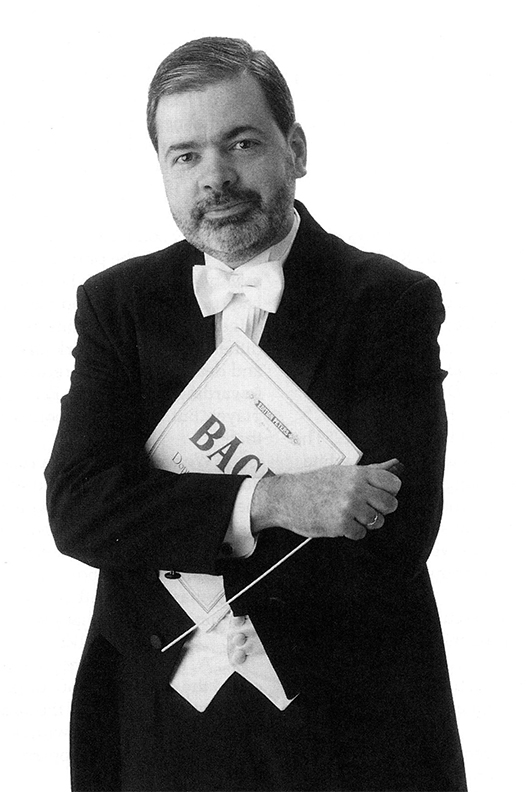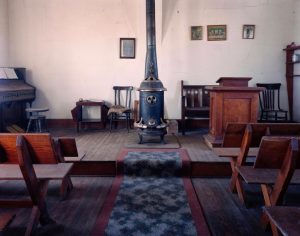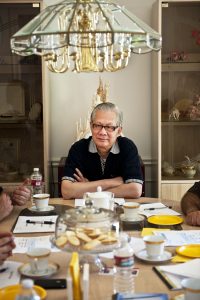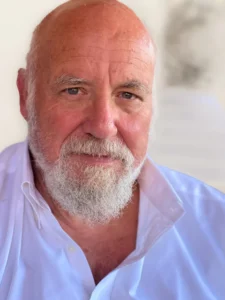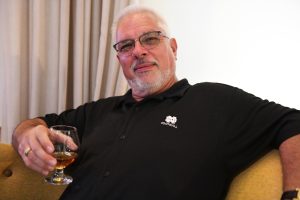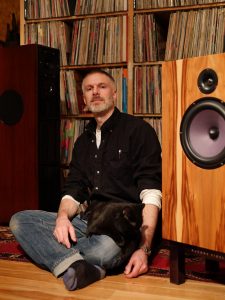The "journal of record" of the violin world (and other bowed string instruments such as violas and cellos) is a UK publication more than 100 years old, called The Strad. Therefore, it filled me with joy to see David Hancock's musicianship praised in the pages of The Strad. (Tully Potter's review of David Nadien's and David Hancock's Biddulph CD reissue of music of Debussy, Fauré, Franck, Ravel, and Schubert; July 2022.)
The Strad called David Nadien's and David Hancock's "[P]erhaps the finest Debussy Sonata ever recorded on the American continent." Indeed.
I think that most audiophiles who only know David Hancock for his Johanos/Dallas Rachmaninoff Symphonic Dances recording (or, Arturo Delmoni's Songs My Mother Taught Me) will be surprised to learn that David Hancock was also a concert pianist of real accomplishments.
David was a friend of mine as well as a colleague in audio engineering and record production. If I have ever known anyone who deserved to be called a "Renaissance Man," that was David.
Dave and Bob with Bugatti
David was not only a Juilliard-School-graduate concert pianist with an impressive discography; he was a well-respected recording engineer with more than 1,000 career album credits; he was also an inventor and a self-taught mechanical engineer. He could even fabricate repair parts for his 1930 Bugatti Type 46 touring car from billet stock in his own little machine shop. And, he was a very droll raconteur.
In the early 1980s, I took it upon myself to try to secure a recording contract for a young violinist named Arturo Delmoni. I negotiated a licensing deal with a small label that (no surprise) in due course backed out. The one good turn they did do for me was to recommend David Hancock as a recording engineer, on the premise that he had not yet invested in digital recording gear, and so his rates would be more affordable than those of our other options.
The irony being that, if we had had access to a greater amount of money and had recorded in primitive 16-bit digital audio, very few people today would still be making a fuss about Arturo's début LP Songs My Mother Taught Me (North Star Records, 1986).
A sealed North Star LP copy of Songs My Mother Taught Me recently sold on eBay for $400, largely because of David's "Different Drummer" recording technique of two ribbon microphones direct to two channels of 30-inch-per-second half-inch analog tape.
David Hancock (right) setting up for a Brahms recording session with Nathaniel Rosen
The fact that David recorded in New York City's spacious (Episcopal) Church of the Holy Trinity gave a rare combination of immediacy and envelopment to the recorded sound. The above photo from 1994 shows David setting up to record Nathaniel Rosen and Doris Stevenson.
Apart from Songs My Mother Taught Me, David also recorded for me two Arturo Delmoni sonata pairings (Fauré and Franck, and Amy Beach and Brahms); a solo program by avant-garde accordionist Guy Klucevsek; tenor-sax phenomenon Harry Allen in a quartet setting; a Nathaniel Rosen Brahms and Mendelssohn album; and the first volume of my Rejoice! A String Quartet Christmas series.
David was well traveled, well rounded, intellectually curious, and blessed with a self-deprecating sense of humor. Early on, he told me that he was "The piano student of Rosina Lhévinne's who is neither rich nor famous." Rosina Lhévinne's star student of course was Van Cliburn; but she also taught Garrick Ohlsson, James Levine, and John Williams.
David also told me that "In order to economize on catering expenses," he had made the decision to schedule his New York City "Début" and "Farewell" recitals together, on the same evening and in the same hall. Priceless.
David never told me exactly how it came about, but he was both the pianist and the engineer for David Nadien's 1958 Franck-sonata LP. David did tell me about starting the tape machine (which was in a mop closet) closing the door behind him, and going out to play the piano.
What I do know is that David learned tape recording by apprenticing to Peter Bartók, Béla Bartók's son. David was second engineer on Peter Bartók's famous Folkways recordings of American Blues legend Leadbelly. David also told me that he had recorded jazz legend Illinois Jacquet.
David's 1967 recording of Donald Johanos conducting the Dallas Symphony in Rachmaninoff's Symphonic Dances is still considered by many audiophiles to be one of the most realistic orchestral recordings, ever. David was a co-developer of the Cambridge C35 microphones used on that recording.
I once made some kind of a technical suggestion to David, and his response was to ask me in which year I had been born. Upon learning that I had been born in 1954, David replied that before I was born, he had recorded Mr. Horowitz in Carnegie Hall; and to his recollection, Mr. Horowitz had not made any "helpful suggestions." That was the end of that.
On another occasion, I mentioned a modern composition—I cannot remember which one. David then asked me if I knew why they called it "Contemporary" music. I disclaimed knowledge of that. David then explained that half of it was a "con," and all of it was "temporary."
That said, David did record (in both senses of the word) the Poulenc violin sonata, with Gerald Tarack. As far as I know, that rare recording (issued on LP by the same label that later backed out of my Arturo Delmoni début-recording deal) has never been digitized… but I am working on it.
The Bugatti on 88th Street in 1959
I was in David's cramped editing suite in his NYC apartment, and I noticed a framed blueprint on the wall that showed the front of an automobile engine and its timing-chain gear set. I asked David about it, and he told me that he had written to the Bugatti factory, and they sent it to him so he could fabricate the needed part.
David then told me about the futility of trying to use a pre-war Bugatti "Baby Royale" touring car as a young family's sole means of transportation in midtown Manhattan. David's son Stuart later shared some photographs with me. David's Bugatti made it to the Letters page of Road & Track magazine—some purist had gotten his nose out of joint by the fact that the car was parked overnight on the street.
David never expressed any bitterness about how his life had turned out. He was a team player par excellence, and conscientious and circumspect. His personal discography as a musician, and his remarkable discography as an engineer (from Marni Nixon to Eliot Fisk to Anton Kuerti) constitute a unique legacy.
Photographs courtesy of John Marks and friends/contacts.




